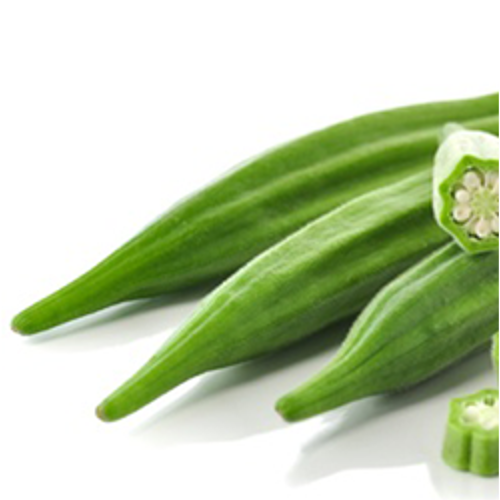PI Name & Affiliation:
Dr. Sowbiya Muneer,
Assistant Professor (Sr.),
School of Agricultural Innovations and Advanced learning (VAIAL),
Vellore Institute of Technology, India
Funding Agency: SERB
Scheme: SRG
Overlay: Rs. 29,89,000
Duration of the Project: 2 Years

Dr. Sowbiya Muneer
Assistant Professor (Sr.)
Project Description
Drought stress is a multidimensional stress and causes changes in the physiological, morphological, biochemical, and molecular traits in plants. Many plants have improved their resistance mechanisms to tolerate drought stress, but these mechanisms are varied and depend on the plant species. Typically, mechanisms involved in plant tolerance to drought follow a general plan: maintaining cell homeostasis in water-deficit situations, which is possible by increasing the water inlet to the cells. Okra (Abelmoschus esculentus) is an important vegetable crop widely grown in tropical, subtropical and warm temperate regions of the world. Okra is a very good source of dietary fibre, magnesium, manganese, potassium, vitamin K, vitamin C, folate, B1, and B6. Okra is rich in bioactive components, such as flavonoids, especially quercetin and phytosterols. Subsequently Okra is one of the commonly cultivated vegetable in India and is thought to be resistant to high temperature but due to change in climatic conditions it is facing a severe drought/water stress by reducing its quality like less moisture content in its (dried fruits) and less productivity. Therefore, there is an urgent need to focus on Okra to improve its productivity so that we don’t have to import it from other countries like legumes which are now being imported mostly from Canada. Hence the current proposal is designed to address critical signalling pathways and homeostatic maintenance of Okra under drought stress using grafting techniques (since grafting is a best agricultural practice to prevent crops from biotic and abiotic stress) and proteomic approach. Proteomic analysis can reveal interesting genes and proteins that might be involved in graft healing as well as in defense mechanism to drought stress. Moreover, the study can also depict the tolerant cultivar used either as a rootstock or scion to high temperatures. Furthermore, new generation seeds can be obtained using grafting technique and can be used to cultivate Okra in high temperature regions with less rainfall.